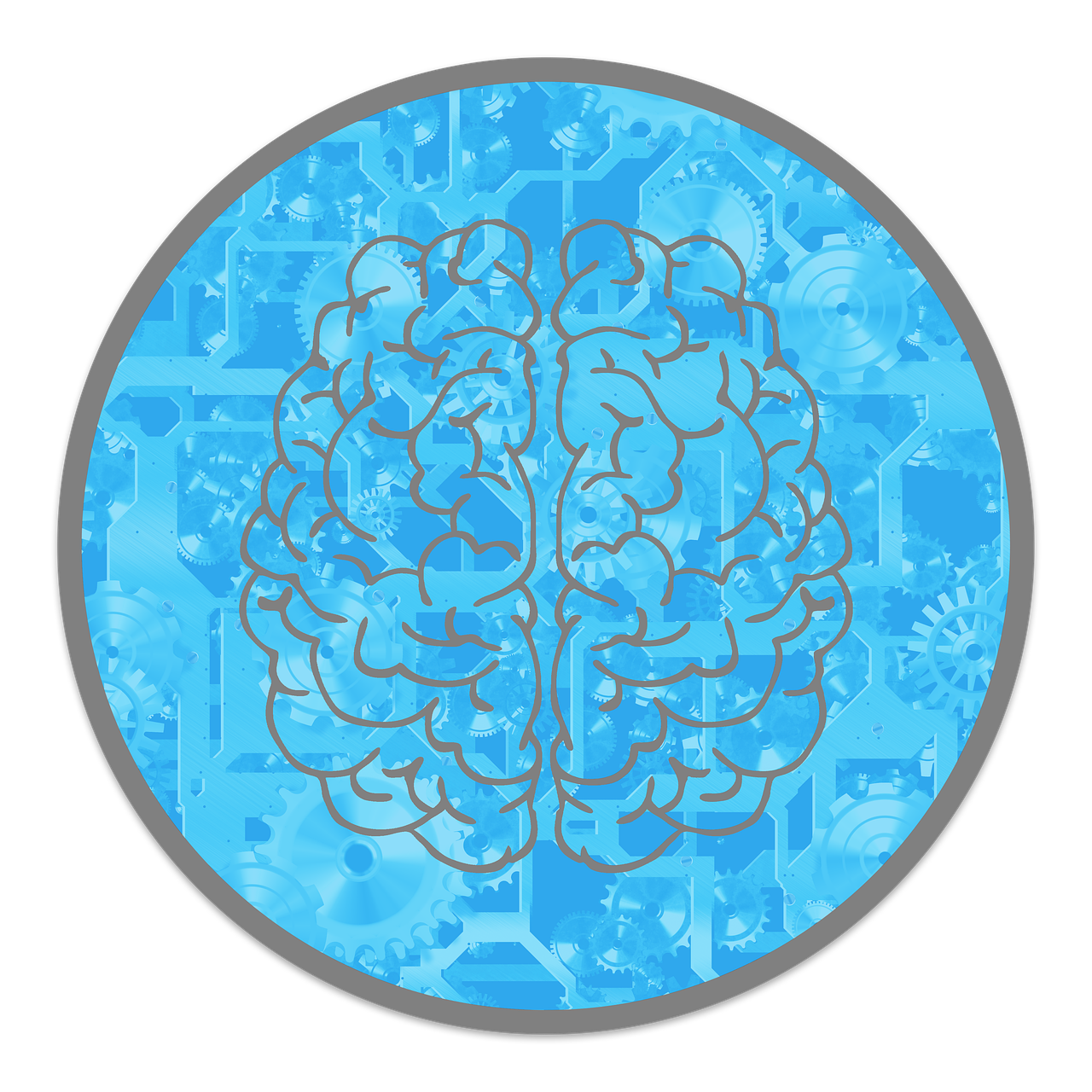
Ads are all around us—on our phones, TVs, streets, and even in social media chats.
A lot of people say they don’t like ads.
They find them annoying, too pushy, or just not useful.
But here’s the strange part: even though we complain about them, ads still shape what we buy, what we like, and even how we think.
So, why do we dislike ads but still let them influence us? It’s a question worth exploring.
The Roots of Ad Aversion
A lot of people don’t like ads, and there are clear reasons why.
Here’s a closer look at what makes ads so frustrating:
They interrupt what we’re doing
Ads often show up right in the middle of something—watching a video, reading an article, or using an app.
That break in flow can be annoying.
Instead of adding value, the ad feels like it’s getting in the way.
When that happens, people not only dislike the ad, but they may also form a bad opinion about the brand being promoted.
- Read also: The Psychology Behind Loyalty Programs: Are They Really Worth It?
- Read also: Does Brand Storytelling Work? The Science Behind Emotional Branding
They repeat too much
Seeing the same ad over and over can wear people out.
At first, it might catch your attention.
But by the tenth time, it’s just plain irritating.
This kind of repetition is called ad fatigue.
After a while, even a good message loses its power if it keeps popping up nonstop.
They don’t always make sense for you
When ads show things you don’t need or care about, they feel like noise.
A lot of people say most digital ads don’t match their interests at all.
Instead of feeling helpful, the ad just becomes something to skip or ignore.
They feel like they’re messing with your mind
Some ads use personal data or sneaky tactics to grab your attention or change your mind.
That makes people uncomfortable.
If it feels like an ad is trying too hard to influence your choices or is watching your online habits too closely, trust in the brand drops.
People want to feel in control—not tricked.

The Paradox of Advertising Effectiveness
Even though many of us say we don’t like ads, they still work.
Ads influence what we buy, which brands we notice, and how we feel about products.
This happens for a few key reasons:
We like what we see often
The more we see something, the more we tend to like it.
Even if we don’t pay much attention, our brain starts to treat familiar things more positively.
That’s why companies keep showing us their brand—just seeing it often can make us trust it more.
Feelings stick more than facts
Ads that make us feel something—happiness, nostalgia, warmth—tend to stay with us longer than ads full of details or facts.
When we feel a connection, even for a moment, it can push us to choose one product over another, even if we don’t realize it.
We look at what others are doing
When ads show people using or recommending a product, we often take that as a sign it must be good.
It’s like thinking, “If so many people like it, maybe I will too.”
This kind of social proof helps build trust quickly, especially for new products.
Too many choices make us stick to what we know
There are so many options for everything today—phones, clothes, snacks, even toothpaste.
Instead of spending time comparing every choice, we often go with the brand we’ve heard of.
Ads help keep those brands in our minds, so they’re the ones we grab first.

Striking a Balance: Effective Advertising Without Alienation
To make ads that people actually like—or at least don’t mind—advertisers need to find the right balance.
Here’s how they can do that without pushing people away:
Make ads relevant
People are more likely to care about an ad if it matches their interests or needs.
That means showing the right ad to the right person at the right time.
Advertisers can use data to help with this, but they need to be careful and use it in a way that respects privacy.
Don’t interrupt the experience
No one likes it when an ad pops up and ruins what they were doing.
Ads should feel like they belong, not like they’re getting in the way.
One good method is native advertising—ads that match the style of the content around them.
These are less annoying and often more effective.
Be honest about what you’re doing
People don’t like feeling tricked.
When companies are open about why someone is seeing a certain ad and how their data is used, it builds trust.
Simple, clear explanations go a long way in making people feel respected.
Tell a good story
The best ads don’t just sell—they entertain, inform, or make us feel something.
A good story grabs attention and sticks in people’s minds.
When an ad tells a story well, people are more likely to watch it, share it, and remember the brand.

- Read also: Why We Buy Things We Don’t Need: The Psychology Behind Impulse Purchases
- Read also: Why We Love Limited Editions: The Scarcity Effect in Action
Conclusion
The love-hate relationship with advertising stems from its omnipresence and varied execution.
While intrusive and irrelevant ads breed contempt, thoughtful and engaging advertisements can captivate and influence.
Understanding the psychological underpinnings of this dynamic allows both consumers and advertisers to navigate the advertising landscape more effectively.


